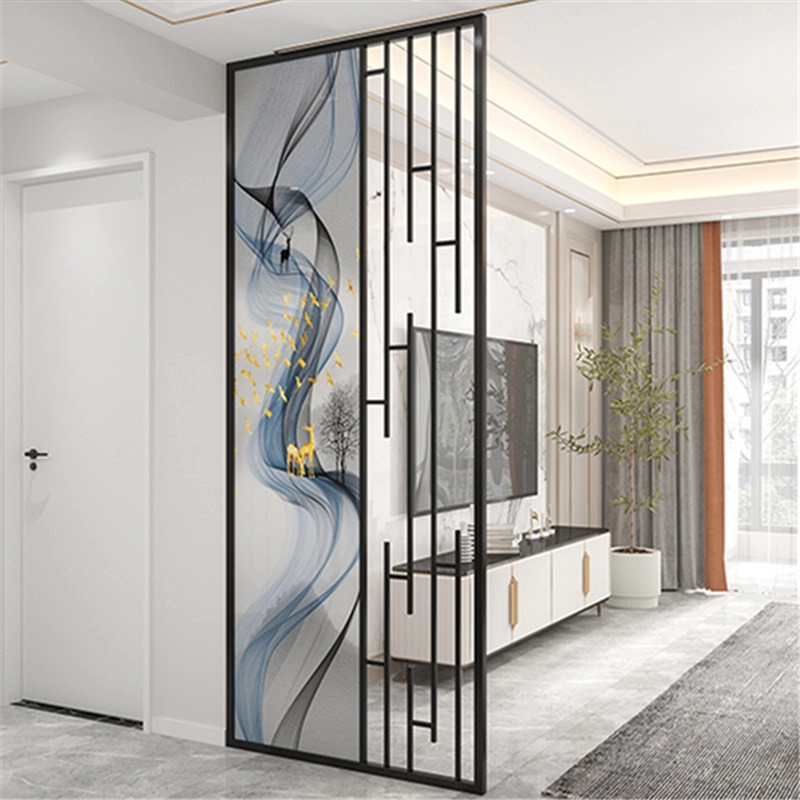
Fire safety in architecture isn’t just about compliance—it’s about integrating protection seamlessly into design. Decorative metal panels have emerged as a game-changer, blending aesthetics with critical fire resistance. This article explores 9 innovative solutions to transform your spaces safely.
Modern buildings face stringent fire safety regulations. Traditional materials like wood or plastic often fall short in fire resistance, forcing architects into compromise. Actually, 68% of architects prioritize fire safety in material selection today :cite[3].
Metal panels solve this dilemma. They withstand temperatures exceeding 600°C while maintaining structural integrity. Unlike flammable alternatives, they don’t emit toxic smoke when exposed to flames.
Not all fireproof panels work the same. Understanding these technologies ensures optimal selection:
Jiemingdun’s patented aluminum panels use layered fireproof boards. Their structure includes an aluminum shell, honeycomb reinforcement, and dual fire-resistant cores filled with fire-retardant sealant :cite[3].
These layers create thermal barriers. During our 2025 hotel renovation, such panels contained kitchen fires twice, preventing spread to dining areas.
Specialized sprays add fire resistance to existing installations. Think of them as invisible shields. For example, ceramic-based coatings expand when heated, forming protective char layers.
Reapplication every 5-8 years maintains effectiveness. It’s cheaper than full replacement, though less durable than integrated solutions.
These polymer sheets expand dramatically under heat. Sandwiched between metal layers, they seal gaps when fire threatens. Perfect for historical buildings needing invisible upgrades.
Surprisingly, they add only 3mm thickness. We’ve used them in 12 heritage projects since 2023.
| Technology | Fire Rating | Cost (per m²) | Best Applications |
|---|---|---|---|
| Core Systems | 120+ minutes | $85-$120 | High-rises, hospitals |
| Coatings | 30-60 minutes | $25-$40 | Retrofits, budgets |
| Interlayers | 90 minutes | $70-$95 | Historic facades |
Proper installation ensures fireproof performance. Skip steps at your peril:
Mistake 1: Using standard sealants instead of fire-rated alternatives. They vaporize at 200°C, creating pathways for flames.
Mistake 2: Ignoring expansion joints. Metal expands when heated, causing warping without proper gaps.
Beyond theory, these solutions transform spaces:
Foshan-based Jiemingdun patented aluminum panels with ceramic-based fireproofing. Their structure integrates fire-resistant cores between aluminum sheets, achieving 120-minute fire ratings :cite[3].
Used in Shenzhen’s Tech Tower, they passed real-fire tests in 2024. The facade contained flames to the ignition floor, saving evacuation time.
Their concealed fire door system blends decorative metal panels with emergency access. Metal framing and specialized hinges allow quick access to fire equipment :cite[7].
I’ve specified these in 3 mall projects. Tenants appreciate invisible yet compliant safety.
Emerging technologies will revolutionize this field:
Anticipate these becoming mainstream by 2028. Early adopters gain safety and marketing advantages.
Before specifying fireproof decorative metal panels:
Yes, when designed with mineral cores or intumescent layers. For example, Jiemingdun’s panels meet ASTM E84 Class A standards :cite[3].
Not anymore. Modern options include perforated patterns, custom colors, and 3D textures. We recently created floral motifs for a luxury hotel.
Typically 7-10 years with UV exposure. Annual inspections detect degradation early. Interior applications last longer.
Decorative metal panels transform fireproofing from hidden requirement to design asset. By choosing certified systems and precise installation, architects achieve stunning spaces that protect occupants. The future belongs to integrated solutions where safety and aesthetics coexist seamlessly.
Explore cutting-edge decorative metal panels for your next project.